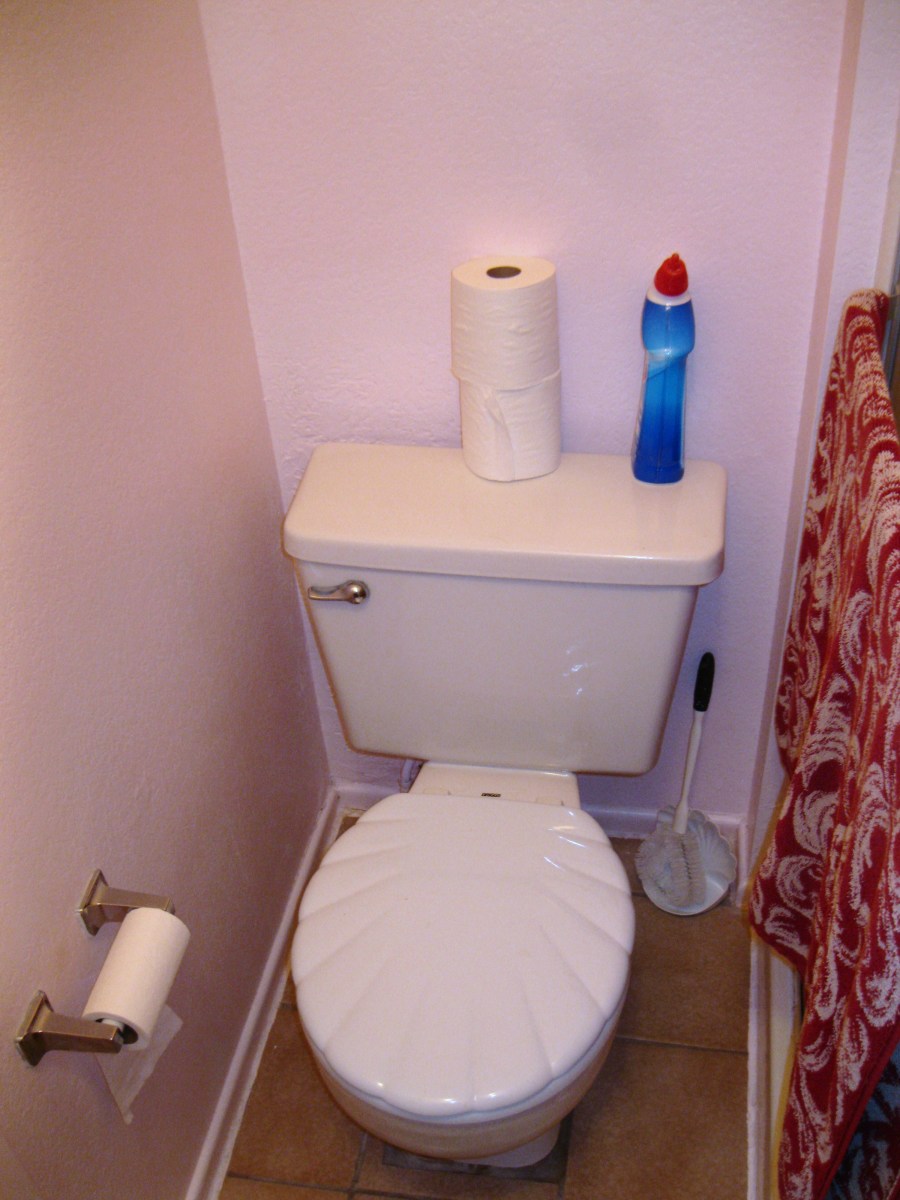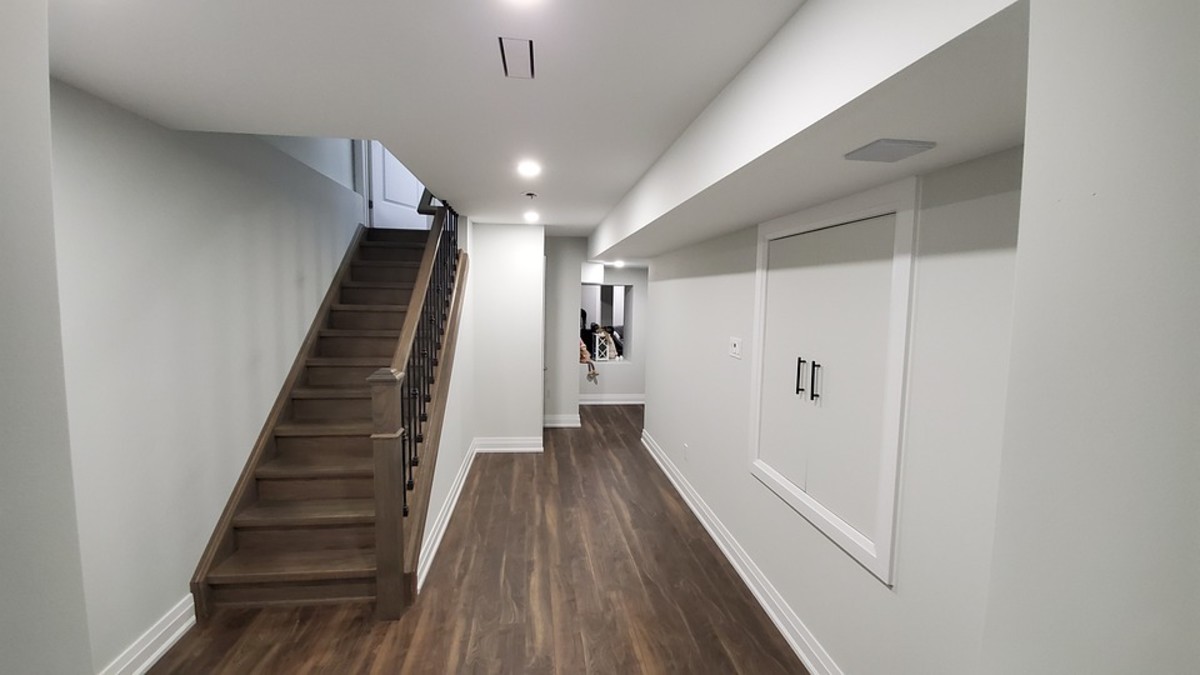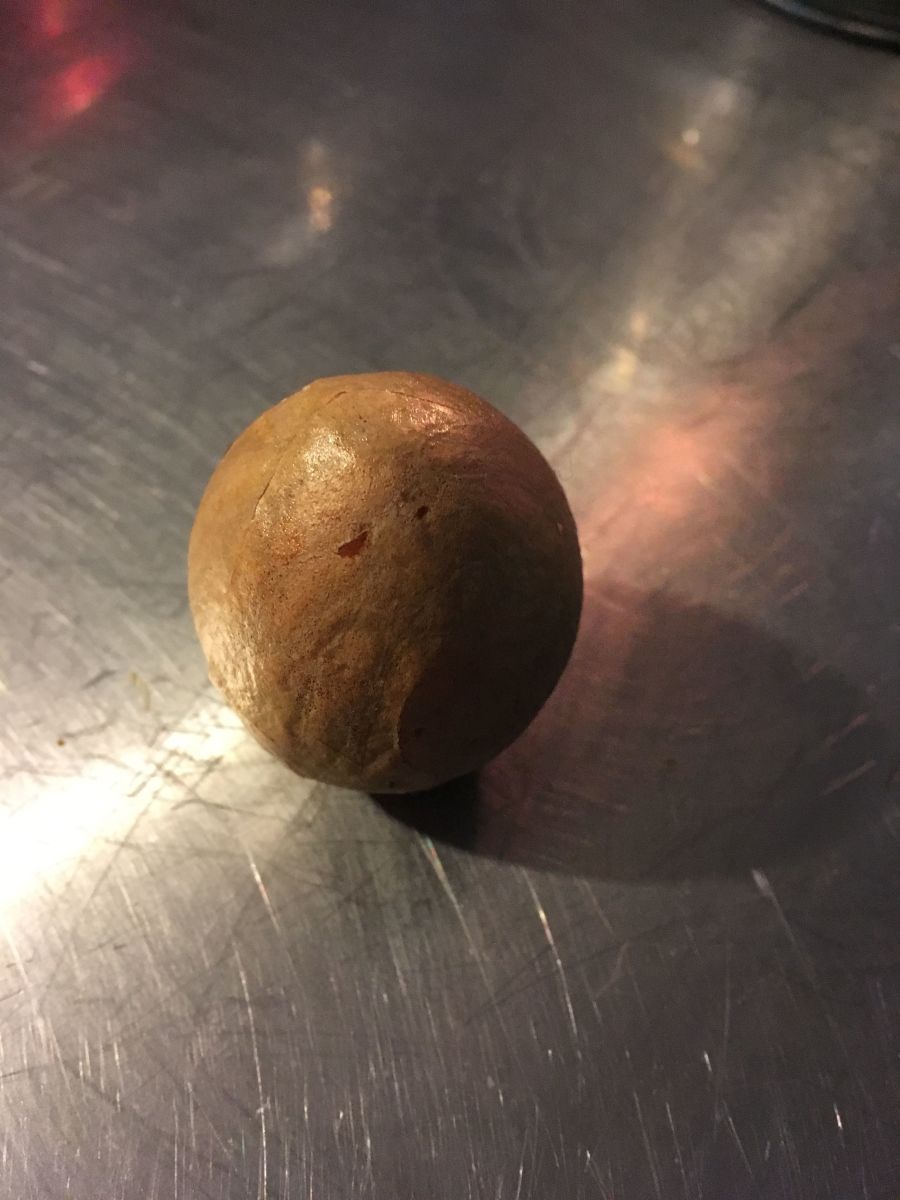Water in Basement - Reversing a Hill
Living With a Wet Basement
When my wife and I purchased our current home, we were warned that there was a small leak in the basement during heavy rains. Otherwise, the house was pretty solid. I figured the house had had the leak for quite a while and was still standing, so I could fix it at my leisure.
There was nothing leisurely about dealing with the problem.
Need a Sump Pump?
Wet Basement Floors are Annoying
What you quickly discover is that the corner of the basement that "occasionally" get wet is practically useless. There are not many things that are safe to store in a damp place, and those that can be stored there are, well, in a damp place. Who wants to walk into a puddle of water to get at something? Leaky foundations are no fun!
Basement Leaking Due to Hill
The annoyance of a wet and useless basement floor got me to wondering why that part of the house would choose to start leaking. Lacking X-Ray vision, I was unable to peer though the wall and see if there was a big old crack on the other side (nothing was visible on the inside), but when I went outside, I noticed the hill.
It was not a big hill, in terms of height ... but a remarkably large section of my front yard was draining toward a single point at the corner of the house; yep, right where that nasty little leak was happening.
The hill was part of a garden, and in its entirety higher than the rest of the yard, which is very level. The trouble was that the highest part of the hill was the furthest from the house, and that the slope of the hill actually ran like a little valley watershed, directing any rain water right down to the corner of the house.
Reversing the Hill - That's a Lot of Dirt
I couldn't simply move dirt from the far side of the hill to the nearer side to reverse the slope ... that would pile too much dirt against the side of the house and cause other issues (never, never, pile dirt higher than your foundation against the side of your house).
Ultimately, to reverse the slope I had to remove the higher part of the hill. This is not completely accurate ... I removed much of it, and the rest ended up, due to the new "lay of the land" draining away from the house anyway. I think this is called a "swale" in landscaping terms ... a low area designed to drain water in a desired direction. Correct me if I am wrong.
The end result was a newer, better watershed ... and so far, despite some heavy rains, the basement has been staying dry.
When I say I had to "remove the higher part of the hill", don't think that that was the work of a few hours. That was many hours a day, over a period of many days. I had to remove a lot of sod first, which is harder than simply digging, and then dig, dig, dig. There were a lot of big rocks in the dirt, and the job could not simply be done with a shovel. I needed a pick axe, a rake, and a shovel ... buckets to carry away dirt, gloves to prevent blisters, and smaller garden tools to work around smaller or more easily damaged areas.
Now I have a pile of dirt and sod, removed from the hill, in another part of the yard, that I don't know what to do with yet.
Replacing the Grass - Seed or Sod
Now that the hill is reversed, I have to replace the grass. The old sod was chewed up by the shovel ... no help there. I am going to try grass seed, but it may be too late in the season. Sod is an option, but I don't want to spend money on that.










